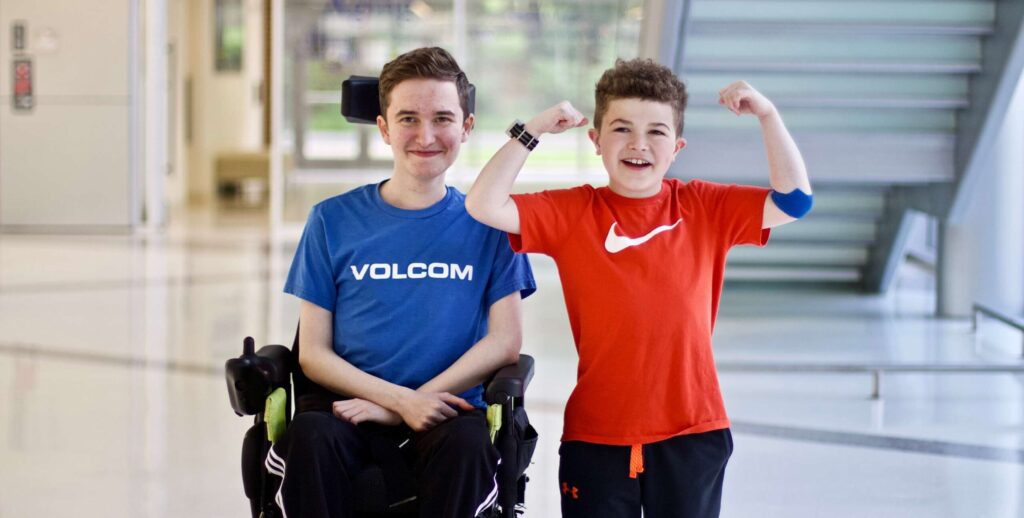Understanding Duchenne Muscular Dystrophy (DMD): A Parent’s Essential Guide

Learn about Duchenne Muscular Dystrophy (DMD) — its symptoms, diagnosis, and essential parenting tips to support your child from the start.
What is Duchenne Muscular Dystrophy?
Duchenne Muscular Dystrophy (DMD) is a rare, progressive genetic disorder that causes muscle degeneration and weakness due to the absence of dystrophin, a protein that helps keep muscle cells intact. It almost exclusively affects boys and becomes evident between the ages of 2 and 5. DMD affects approximately 1 in 3,500 male births worldwide.
Scientific Source: NIH on Duchenne
Early Signs and Symptoms
DMD symptoms usually appear in early childhood. Watch for:
- Delayed milestones, like sitting or walking
- Difficulty getting up from the floor
- Frequent falls or clumsy movement
- Enlarged calf muscles (pseudohypertrophy)
- Trouble climbing stairs or running
- Gowers’ sign (using hands to push on legs to stand up)
Recognizing these early can lead to quicker diagnosis and better care planning.
How is DMD Diagnosed?
A combination of tests confirms the diagnosis:
- Blood Test: High levels of creatine kinase (CK), an enzyme released from damaged muscles
- Genetic Testing: Confirms mutations in the dystrophin gene
- Muscle Biopsy: Rarely needed if genetic results are clear
Recommended Reading: Muscular Dystrophy Association – DMD
First Steps for Parents After Diagnosis
- Consult a Pediatric Neurologist – for a long-term treatment plan
- Begin Early Intervention – therapies such as physical and occupational therapy
- Connect with Mental Health Support – for both the child and caregivers
- Join Support Networks – like Parent Project Muscular Dystrophy
- Understand the Disease Progression – educate yourself to advocate effectively
Long-Term Outlook
Although DMD is life-limiting, medical advances are improving lifespan and quality of life. Steroid treatments, cardiac and respiratory care, and ongoing clinical trials offer new hope.
Key Takeaways
- DMD is caused by a genetic mutation in the dystrophin gene
- Early recognition and diagnosis are critical
- Parent support systems and medical care teams are essential





